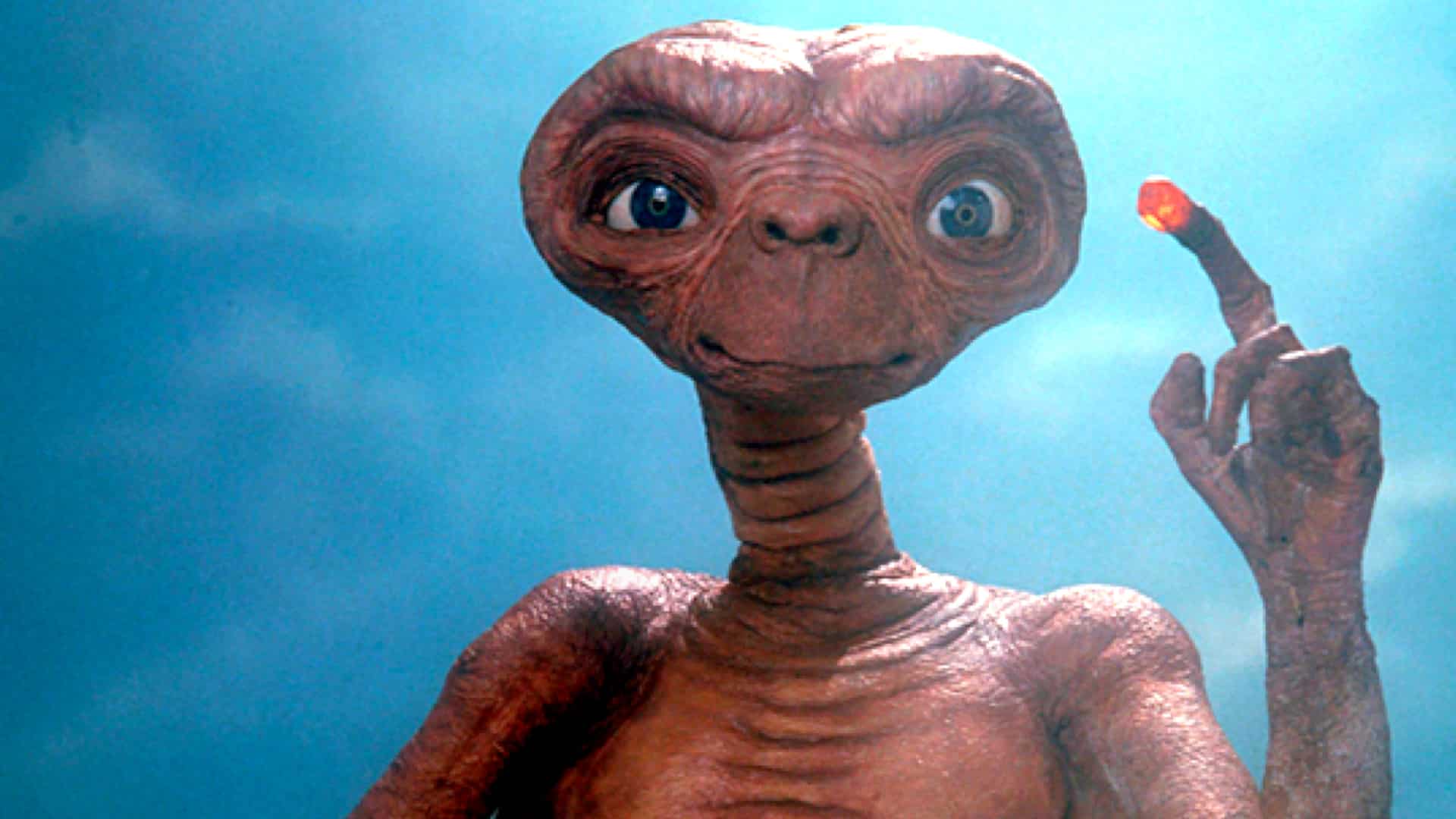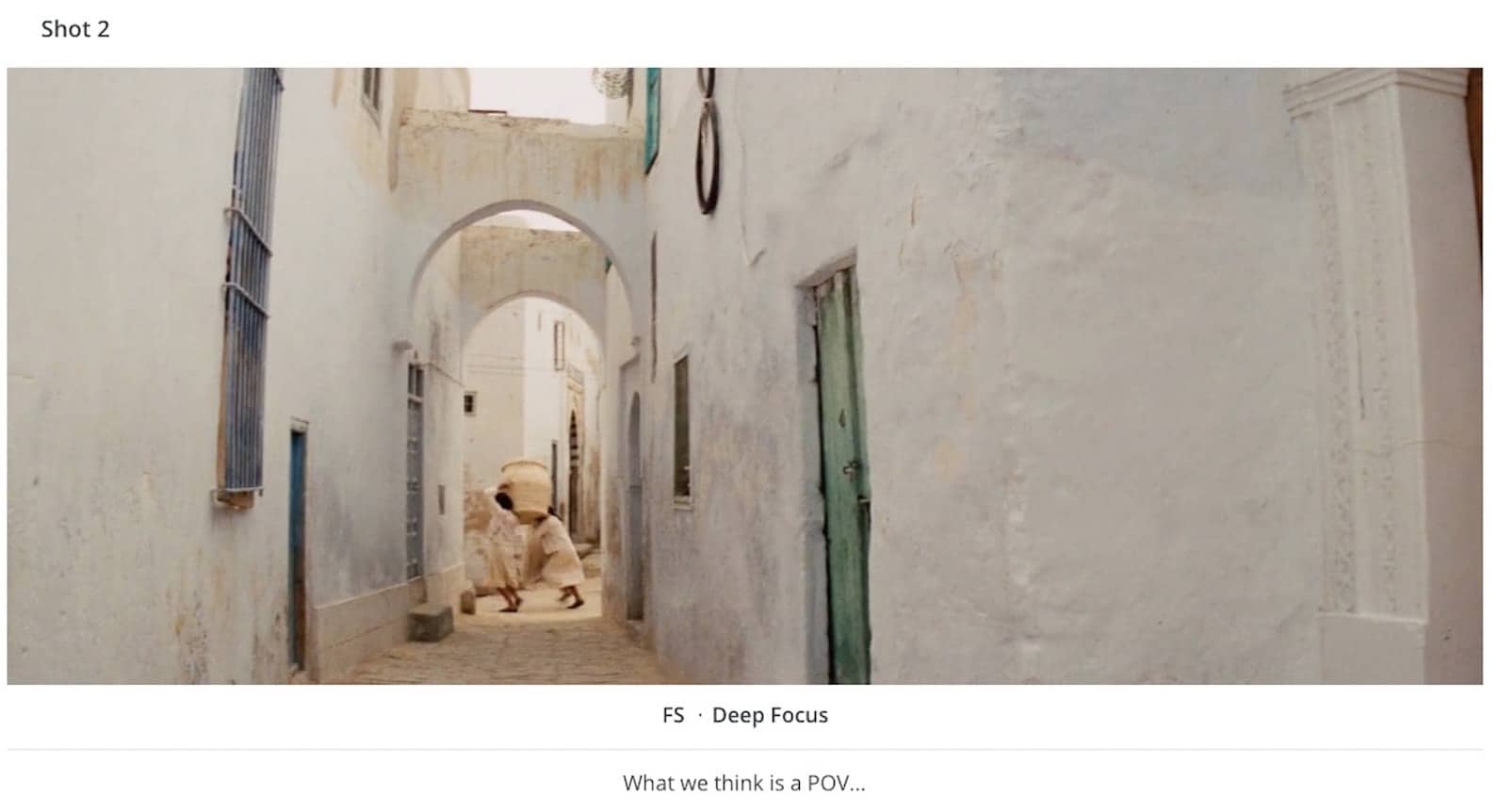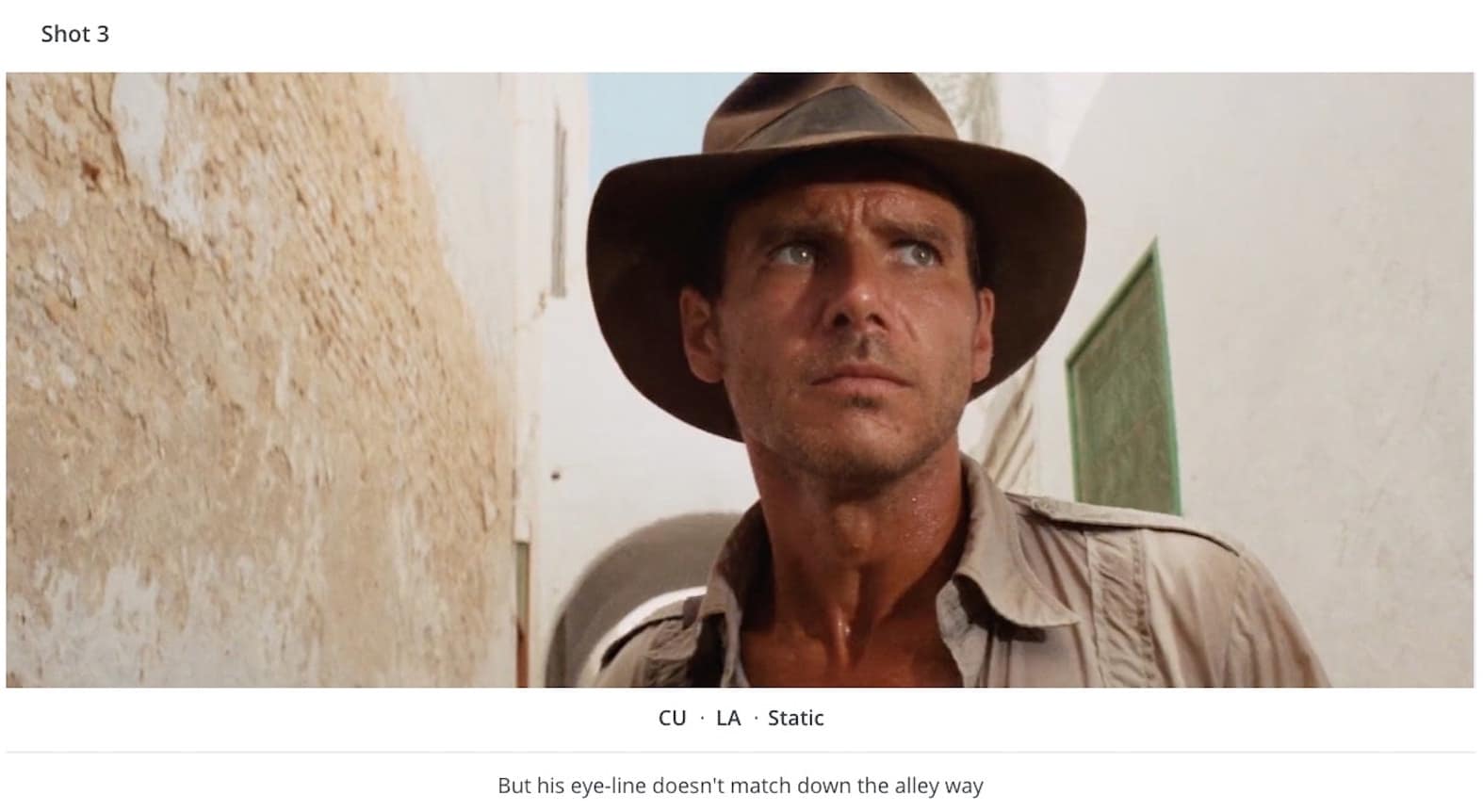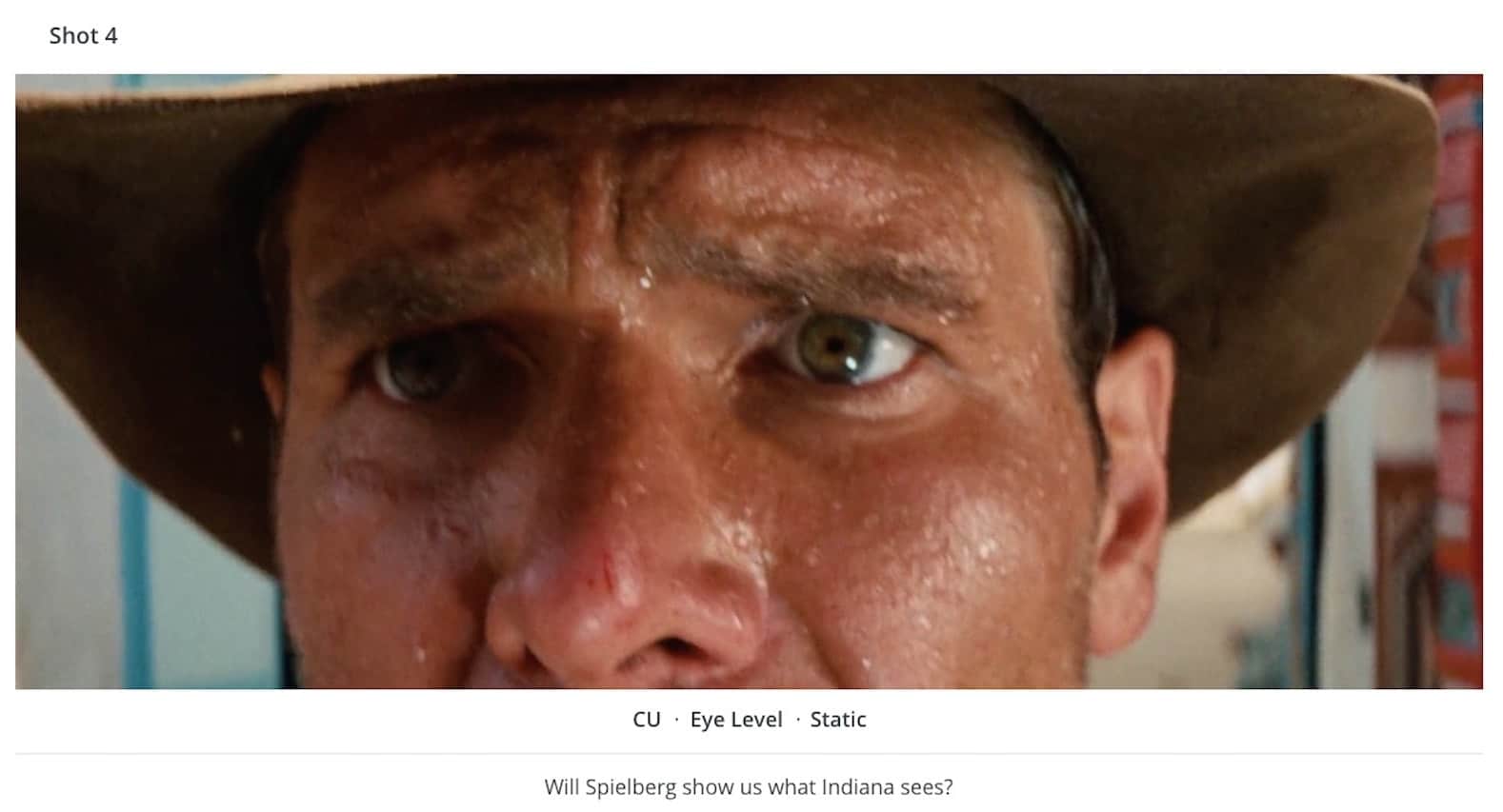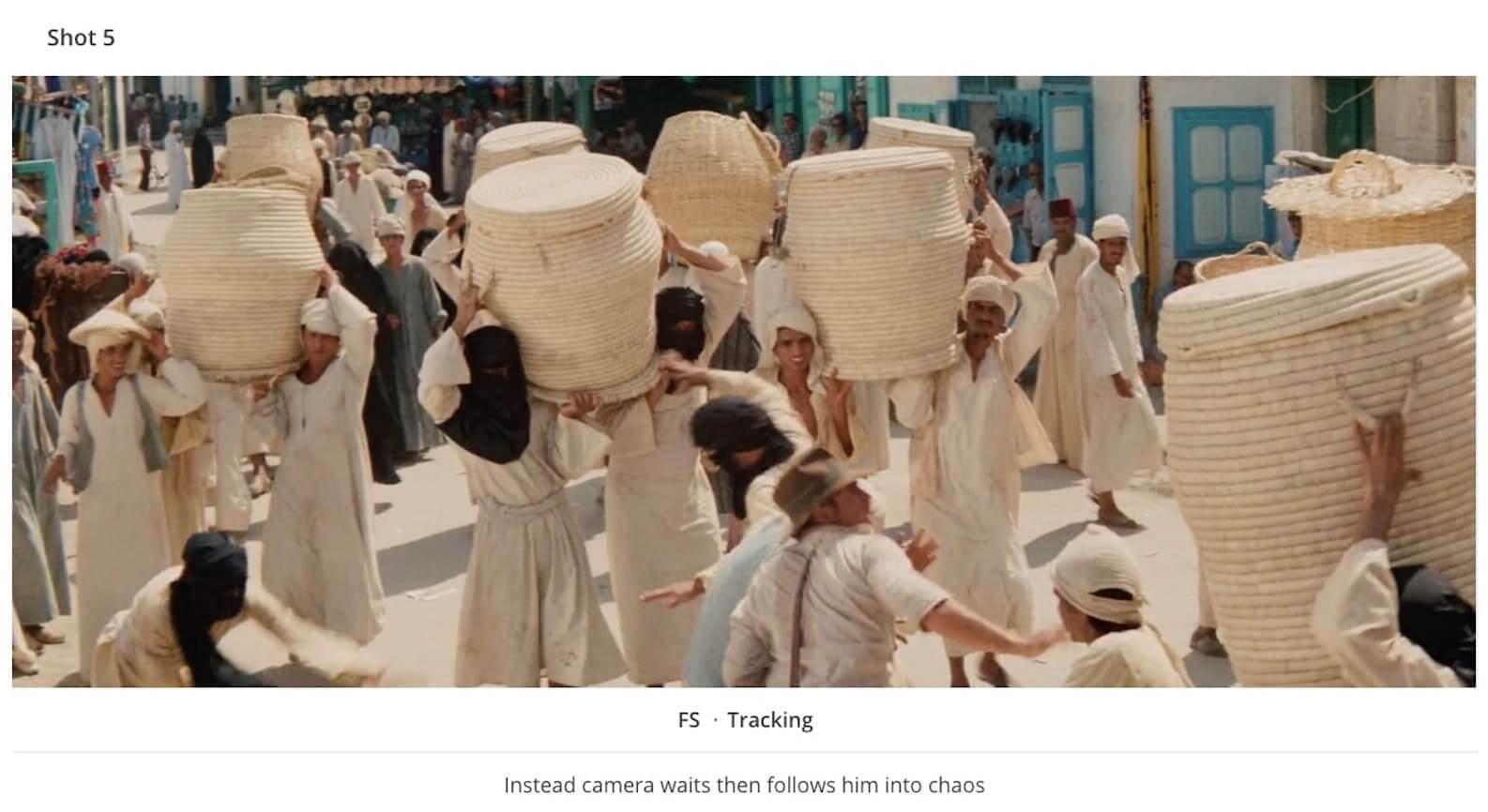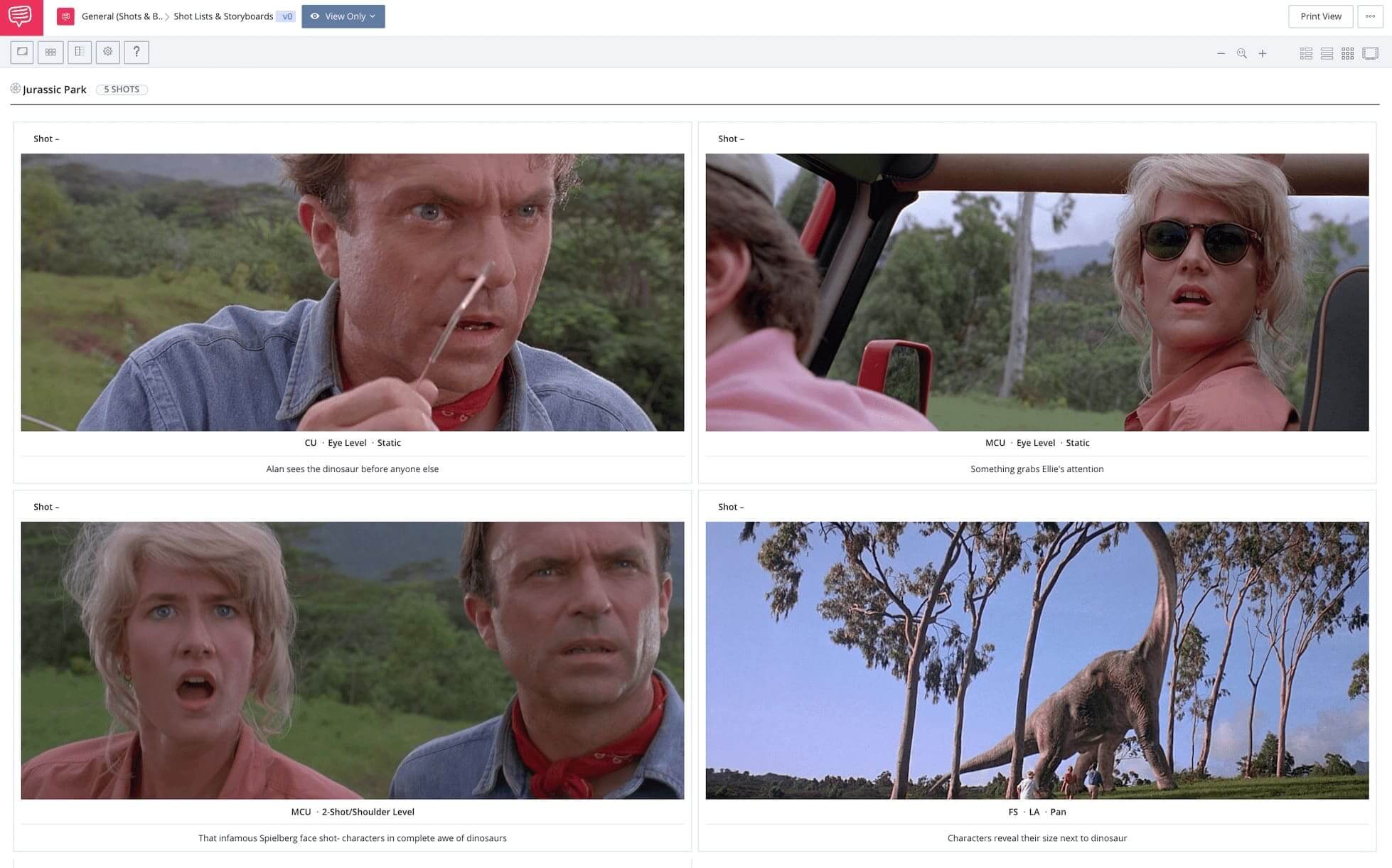Movies and television are incredible because they can transport us into a world of wonderment. Today we’re going to go over the Kuleshov Effect and how the greatest director of all time, Steven Spielberg, put his own twist on the editing technique for his personal stamp.
In the past century, cameras and special effects have gotten so good that they can make even the most ambitious ideas look like reality. Still, no piece of technology can substitute for master filmmaking. Roll camera!
A Thought on Spielberg
1. Point of thought
Before we jump into the analysis, let’s familiarize ourselves with something Steven Spielberg does better than any other director. He makes his audience genuinely feel emotion.
We put together this video essay describing how Spielberg uses camera angles to create a “Point of Thought” to empathize with as they watch his work. But what’s Spielberg’s secret to making all this work?
How Steven Spielberg Subverts The Kuleshov Effect
the kuleshov effect explained
2. What is The Kuleshov Effect?
Before we can talk about how filmmakers use this technique, or how some turn it on its side, let's define it and understand its origins.
Kuleshov Effect DEFINITION
What is the Kuleshov Effect?
The Kuleshov Effect is a film editing effect invented by Soviet filmmaker, Lev Kuleshov. It is a mental phenomenon where the audience derives more meaning from the interaction of two back-to-back shots than from one shot in isolation.
In the 1910s, movies were emerging as an art form. So came innovative filmmakers experimenting with them.
One of these filmmakers, a Soviet film theorist, Lev Kuleshov, came up with an editing test that provides the basis for some crucial editing techniques we still use today. When you're ready to edit like a pro, click above, or below in the related post section, to add some of these editing tricks to your arsenal.
RELATED POSTS
For now, let's examine Kuleshov's technique.
His experiment consisted of cutting back and forth between a man and three different things to see what emotions could be created with each distinct cut:
Kuleshov chose and interesting camera angle here
Look at the image below. Compare the reaction shots in each row.
What does each one say?
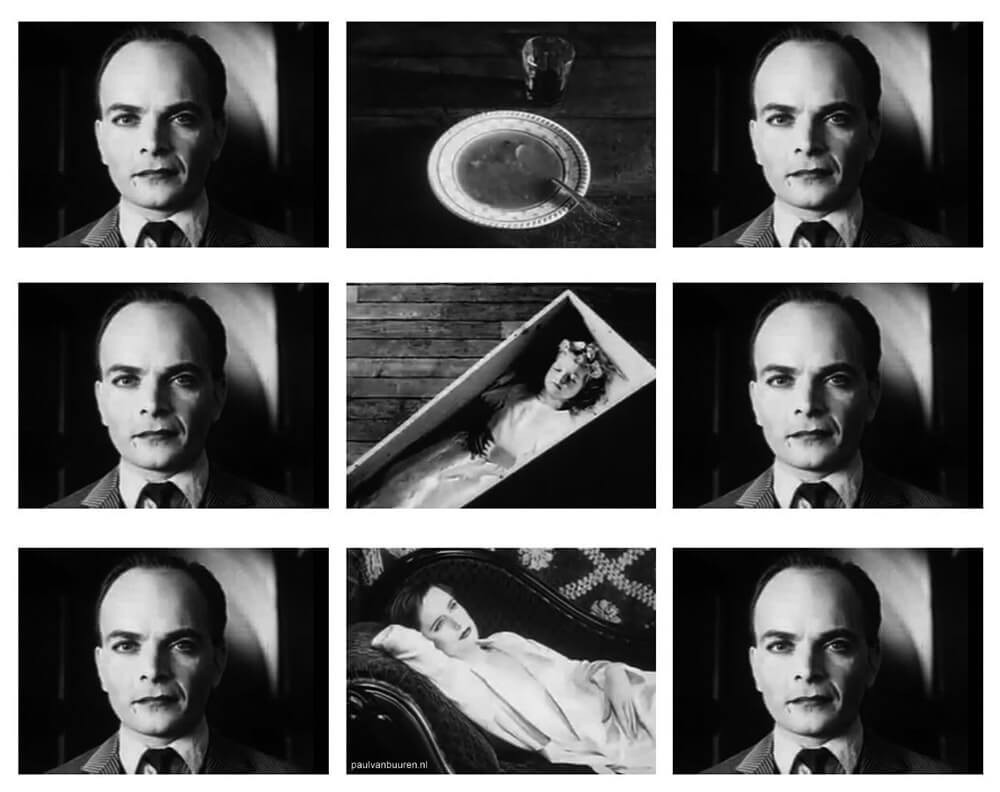
The Kuleshov Effect was bleak.
In the first row, the soup shows hunger.
In the second, the deceased child shows sadness.
And in the last row, the woman shows lust.
Yeah, I thought it was pretty messed up too but hey, it’s 1910.
The Kuleshov Effect was groundbreaking at the time because it showed filmmakers how they could manipulate audience’s emotions with editing.
Character reactions matter
Let’s take a look at some modern uses of the theory.
Modernizing the kuleshov effect
3. Modern examples in film and tv
Obviously modern filmmakers use the Kuleshov all the time now.
Christopher Nolan uses it to show Catwoman’s regret as she watches Bane beat the living hell out of Batman in The Dark Knight Rises.
Catwoman’s Character reaction sets up her twist later
Even Hitchcock got it.
Hitchcock's pure cinema - The Kuleshov Effect
The contrast between man and image sets up the audience’s emotions.
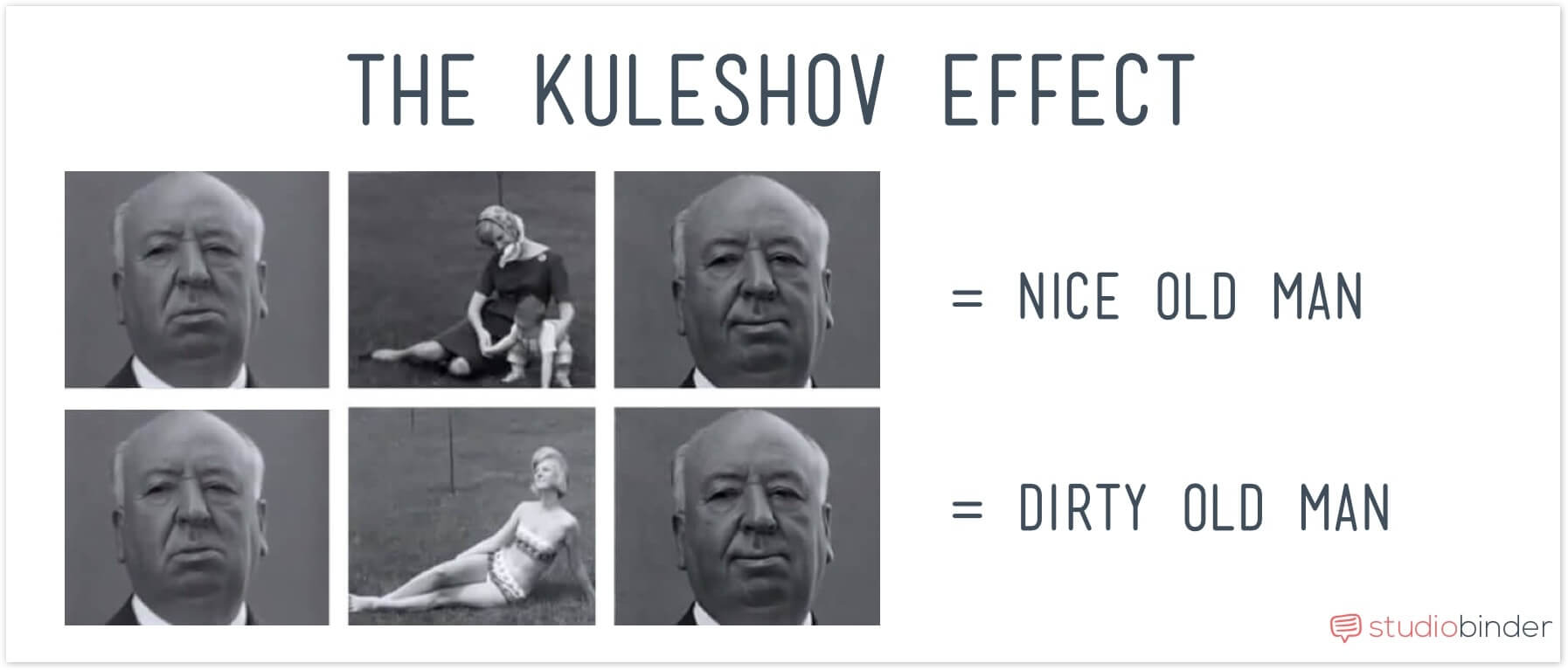
The Kuleshov Effect - Film Montage
The Kuleshov Effect basically covers reactions juxtaposed against what they are reacting to.
Reaction Shot Definition
What is a reaction shot?
A reaction shot is a cutaway shot of a person's response to an event or to a statement made by another.
The Kuleshov editing technique is so ubiquitous, Jonathan Demme lampooned it in Silence of the Lambs for one of the greatest editing fake-outs in film history.
Silence of the Lambs - Kuleshov
Demme displayed masterful technique in controlling the viewer to believe one certain idea there while pulling the rug out from under them. But who’s the greatest audience manipulator of all time?
Related Posts
The Spielberg Face
4. Steven Spielberg’s reaction shots
Let’s get this out of the way right now. Steven Spielberg is a living legend.
As far as directors go, he’s absolutely done it all.
Spielberg is so huge, we’ve named an entire style of reaction shot after him.
The Spielberg Face is a staple of Spielberg cinematography and Steven Spielberg movie themes.
This shot is in all of Steven Spielberg’s best movies.
The Spielberg Face is usually a Close-up reaction shot to something awe-inspiring in front of the character.
It’s Steven Spielberg’s signature technique.
But Spielberg does something different than almost every other director when it comes to editing these reaction shots together.
Auteur Theory Made Practical
Explore directing techniques used by the greats
Learn the styles of these iconic auteur directors. Explore directing tips you can immediately put into action on your next project.
Explore More Auteur Directors
Spielberg's spin
5. Subverting the Kuleshov Effect
As we discussed earlier, most filmmakers use the Kuleshov Effect to show literal reactions. They want us to understand how their character feels. But that’s not good enough for Steven Spielberg.
Spielberg doesn’t want us to only understand what the character is feeling. He knows that after a century of watching movies the audience gets it.
He wants us to see what the character is thinking.
As mentioned in the video above, in Indiana Jones Raiders of the Lost Ark, Spielberg tricks us into thinking we're seeing what Jones sees.
But we don't.
Spielberg denies us the point of view for a very specific reason.
Watch again below.
In StudioBinder shot listing software, we are able to lay out these important shots in the shot listing and story boarding feature.
When Marion is kidnapped, Indiana Jones is desperate to find her.
As he searches for her, we see this shot below and immediately think it's Indiana's point of view.
But when it's followed by the next shot:
We see that he is not looking straight down the hallway.
When he hears Marion's cry, Jones runs towards where he believes she is. The audience is actually able to see what he is thinking.
As the scene progresses, we follow Jones but never see his point of view. In the close-up below, it almost seems like we might catch a glimpse of he's seeing...
...but no dice. Instead we see him running into the marketplace with still no idea where she is.
This frustration mirrors Indiana's frustration as he struggles to find Marion, and Spielberg has done his job.
The John Williams score helps too.
Truly the signature Steven Spielberg Technique.
And it’s not just Indiana Jones.
Look at a movie that Spielberg made on the complete opposite end of the spectrum with Munich. Watch below:
Spielberg movies cover all genres.
Munich is the story of some covert Israeli operatives who enact revenge for the Black September Killings at the Munich Olympics in 1972.
It’s a harrowing story about revenge and humanity.
In one particular scene, Eric Bana’s character tries to adjust back to his normal life. He’s in bed with his wife. They’re about to have sex, but when he closes his eyes all he can see are the atrocities he’s committed in the name of revenge. You can watch the movie sex scene here.
In this scene Spielberg uses the Kuleshov Effect in a triangular sense. We bounce from what should arousing to the character, and then go to the horrific, and then back to him.
This creates a complicated feeling for the audience. We’re used to Spielberg bringing us wonder, but right now he’s dipped us into PTSD.
So we covered Sex and Aliens.
Who’s up for some dinosaurs?
It’s hard to write about Steven Spielberg without digging into Jurassic Park. Let’s watch one of the most famous scenes from that movie and break it down.
Again I say, is there anything better than Spielberg movies?
Using StudioBinder's shot listing feature, we can lay out the whole scene, and then break it down, shot by shot.
We start with that slow dolly in on the Jeep to the close-up Spielberg face we know and love. But one Spielberg face isn’t enough. So we crane up and let Sam Neill step into a second Spielberg face with Laura Dern.
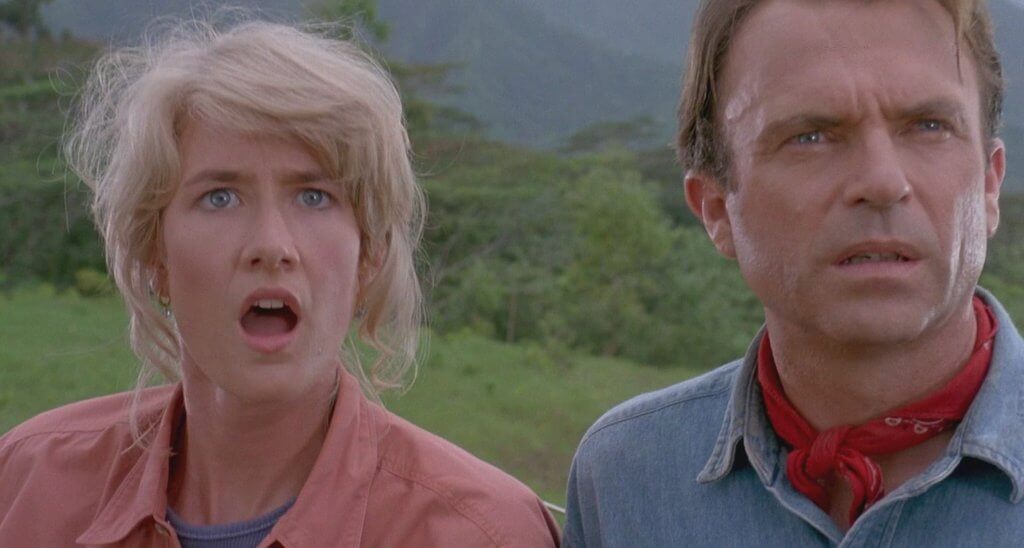
Another iconic Spielberg movie moment.
I mean, it’s dinosaurs. It deserves two.
Much like E.T. we stay with them and when we switch wide we stay with Alan and Ellie as much as possible.
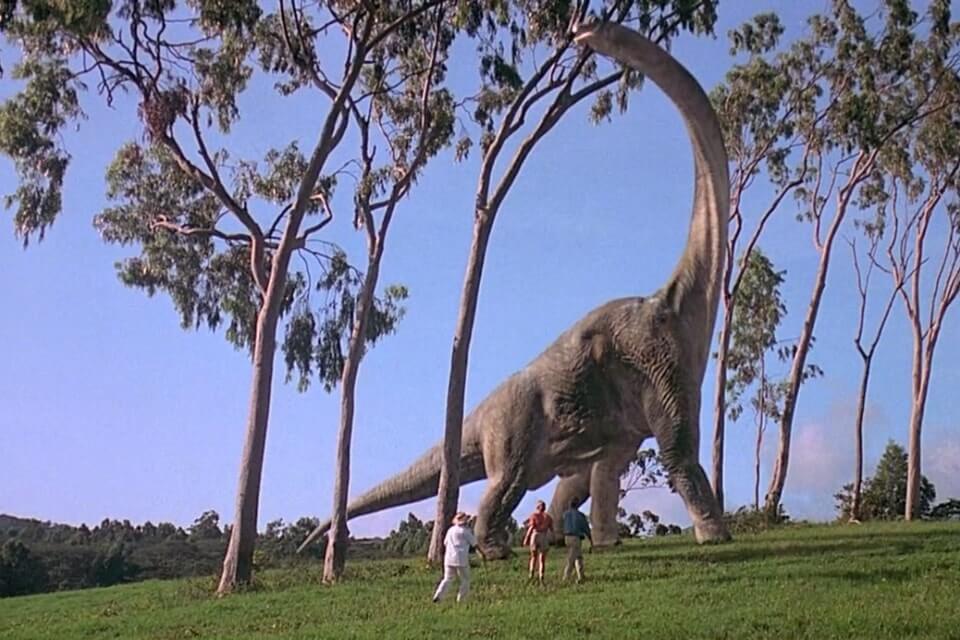
Here we use the Kuleshov effect to go from wondrous face, to dinos, to scale.
They’re there to show the scale of the dinosaurs and to make us feel like we hung back by the jeep to let them have their moment.
But the moment is still there for us.
We’re also in awe of these beasts.
Instead of relying on cutting back and forth from face to object and back to face in the Kuleshov method, we’re focusing on the human reaction, then revealing the object, but always going back to the human element to drive it home.
If cinema is an empathy machine than Steven Spielberg is its genuine puppet master. The patented Steven Spielberg techniques on display are inspiring. If you're feeling inspired to try out this technique with your own work, easily upload your shots in StudioBinder's shot listing feature, and get started already.
If you're interested in learning about how other filmmakers get their best shots, keep reading below.
Related Posts
Up next
The Rule of Six: How to Edit Effectively
Now that you’re more comfortable with the Kuleshov Effect and Steven Spielberg's subversion of it, why don't we take it to the next level? You may want to start editing with this method, but to edit with intention requires more than the Kuleshov Effect. In our next article, Oscar-winning editor, Walter Murch, discusses his Rule of Six, to create a near perfect cut.
The following post explores all six categories of Murch's criteria to strengthen your skills as an editor, and how you to effectively collaborate with directors, DP's, and other team members.
Up Next: Walter Murch's Rule of Six →
Showcase your vision with elegant shot lists and storyboards.
Create robust and customizable shot lists. Upload images to make storyboards and slideshows.
